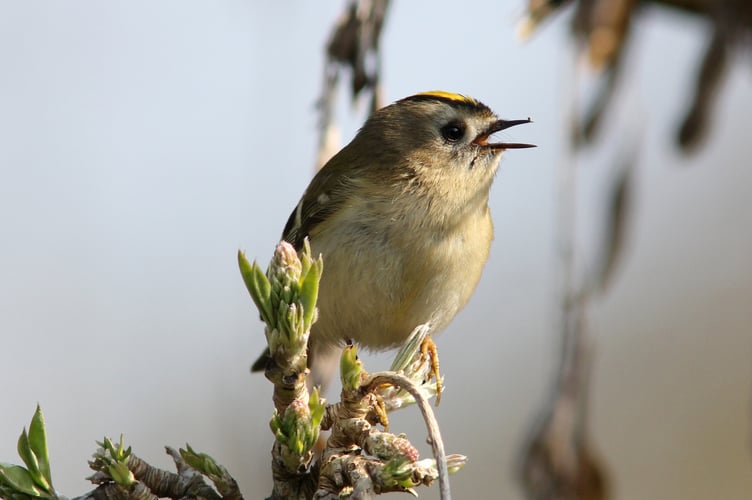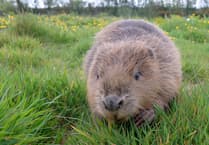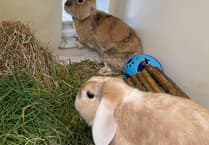Picture the scene: it’s peaceful outside as the sky brightens in the east to herald a new day. Suddenly, a voice to your left shouts “Get outa my space! Oi, you! Scarper!”
Meanwhile to your right a solo voice shouts suggestively: “Come on girls, I’m the guy you want – handsome, hunky and hot! And you can rely on me to help raise your family!”
In front of you numerous voices call excitedly: “We’re all here – come and join us!”
That’s the essence of bird-speak. While some of what we call birdsong is done to be sociable with other birds of their species (“birds of a feather flock together”), birdsong’s main function is for the “performer” to be a successful breeder – to mark a territory or attract a mate.
These sounds are unlike the tweets, trills, chirps, quacks and honks birds make throughout the year during feeding, foraging and flight, or when a flock settles down for the night.
Birdsong is one of the most awe-inspiring parts of springtime. Each species has its own sounds, songs and rules: robins sing to talk to other robins, not to blackbirds. But to us birdsong sounds musical, captivating and uplifting.
Birds sing the longest in the breeding season, from late January until July. Singing requires effort and energy, so they sing at dawn and dusk when the air is often much stiller and sounds carry further. With less background noise early on, their song can carry up to twenty times as far.
While many birds sing throughout the day, it’s as the morning light breaks that many different birds perform together. It’s what we call the dawn chorus. Our resident birds are in song by mid-March, then millions of migrant birds add their songs as they arrive here from Africa for the summer.

There’s also a chorus at dusk, but it’s much quieter: some birds, including blue tits and tree sparrows, prefer to sing at that time of day.
This Sunday (May 4) is International Dawn Chorus Day when the public is encouraged to rise early to listen to bird song. Ideally, you would be ready with a cup of something warm around 5am to catch the first birdsong. It reaches its peak around 6:30am.
If you fancy joining others to enjoy the dawn chorus, the RSPB is celebrating Dawn Chorus Day at its Farnham Heath Nature Reserve this Saturday (May 3), one day before International Dawn Chorus Day. It costs £11 for RSPB members, £18 for non-members. For details and to book visit https://events.rspb.org.uk/events/114376.
The dawn chorus isn’t a free-for-all, as different species know when to join in the symphony. The first birds start to sing about an hour before sunrise. Act one is performed by wrens, dunnocks and robins - the earliest to warm up. The stars of act two are blackbirds, song thrushes and skylarks.
Act three is presented by the chiff chaff, chaffinch, wood pigeon and collared dove. Finally, act four features the blue tit, long tailed tit, great tit, goldcrest and tree sparrow.
It’s easy to enjoy one of nature’s wonderful free shows: just open your window at around dawn any morning in the next week or two and listen to the glorious dawn chorus. It doesn’t matter where you happen to be or if you can’t identify the birds taking part – it’s beautiful, natural and uplifting.


.jpeg?width=209&height=140&crop=209:145,smart&quality=75)

